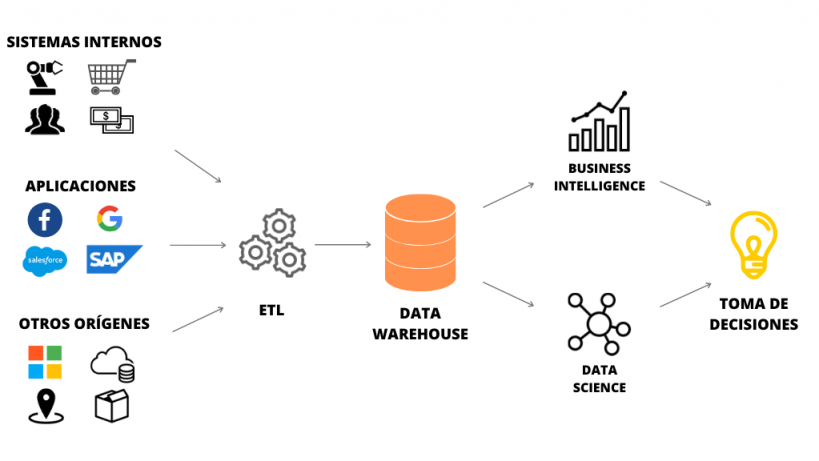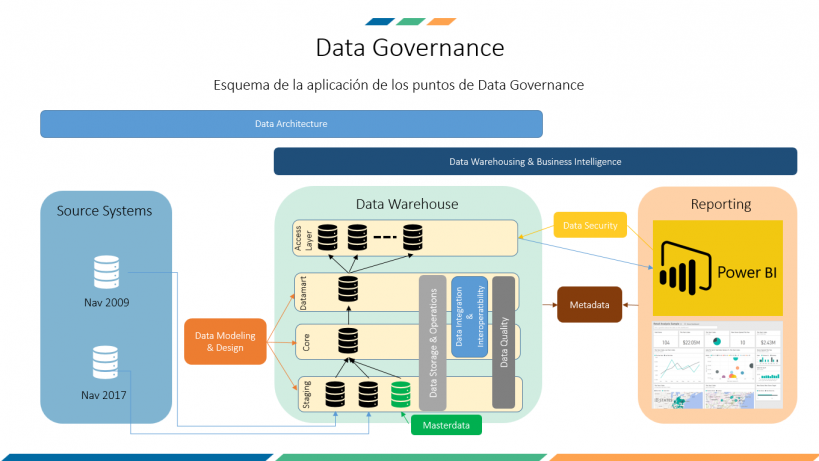Data Warehouse
At Mistral we are experts in architecture and design of Data Warehouse. As a company grows, the amount of data generated does it too, so it is increasingly difficult to control them. Thanks to a Data Warehouse you can have all the information of your company structured, standardized and secured in one place.
A Data Warehouse is a data repository where data is stored after being extracted from the source systems and transformed to avoid duplication, blank spaces and inconsistencies. The function of a Data Warehouse is to provide the tools of Business Intelligence and algorithms of Data Science of higher quality data and lower loading time than a traditional database.
Data Warehouse benefits
Data Quality
In the Data Warehouse the data is stored once the errors, duplications, blank or incorrectly filled in and inconsistencies have been eliminated.
Cost and time savings
You will not have to waste time looking for data in different sources, neither to modify or update them. They will be located in one place and ready to be analyzed.
ROI
This type of project has a very fast Return On Investment just after being implemented as the company can start obtaining tangible results and base its decisions on updated quality data.
Total Data control
With a Data Warehouse you will exactly know which source systems you have, who has access and which are your needs.
Data Driven Company
Having a Data Warehouse makes it easier for the rest of the team to access the data and base their decisions on quality data, creating a data driven company.
Easy Scalability
Giving access to new users, the storage or adding new sources and requirements are very easy to update, so the Data Warehouse will always fit your needs.
Experts in implement and modify Data Warehouse
Data Warehouse Structure
The Data Warehouse acts as a link between databases and data analysis tools. As we have mentioned before, the Data Warehouse serves to store the data from different databases with the aim of transforming and standardizing them to improve their quality and reduce loading times.
In the following scheme of Data Governance you can see the structure of a Data Warehouse.
Data Warehouse real example
One of our Study cases is the maintenance of the Data Warehouse that we made for AIDA Cruises, leader company in the cruise sector with more than 14 000 employees.
AIDA Cruises have a big variety of data sources: CRM, booking, calls... that generate information in different files. In order to analyze all of this data a Data Warehouse is needed. Thanks to this solution the different branches of company (finance, human resources, marketing, sales, management...) can access to a repository with all data ready to be analyzed.



